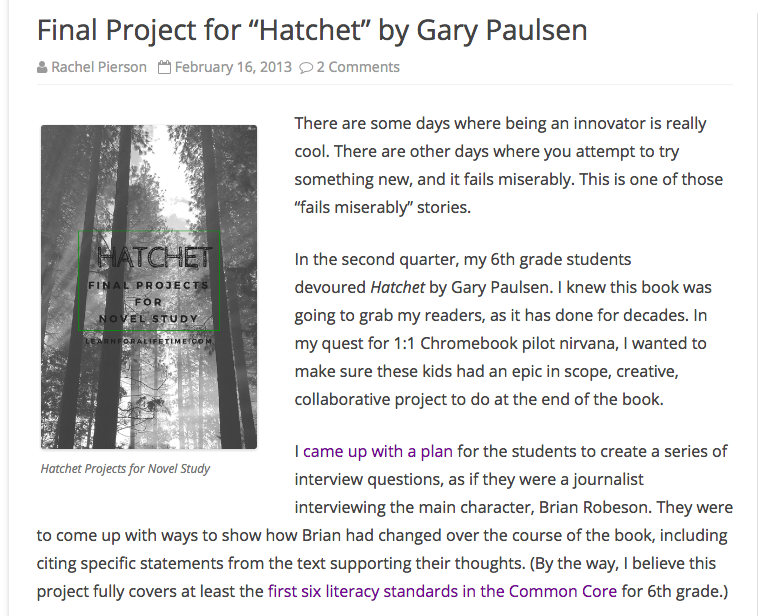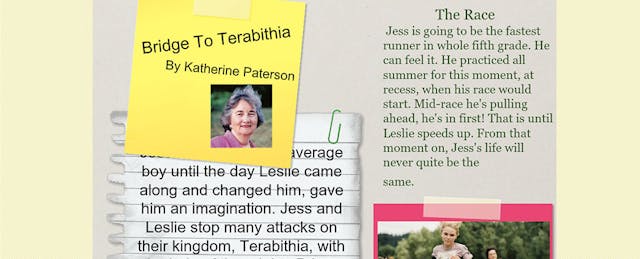Think about it: when was the last time a creative task held your focus? Perhaps when you needed to solve a complex problem with a personal solution? Make a drawing? Build something? Many people have a sense of satisfaction after finishing something, that feeling of “I did my best work! I put my all into it, and now I release it into the wild.”
Now, imagine kids getting that feeling every time we introduce a new concept or ask an essential question. Students are full of gifts and abilities—they all have a unique perspective on the world, and should be given opportunities to share that perspective and their gifts.
According to a study from Adobe (which an accompanying infographic shown to the right), 82% of college-educated professionals wish they had more exposure to creative thinking as students. As teachers, if we use technology solely for its own sake, we do students a disservice. Technology can allow students to show off their creativity. Conversely, students can show their creativity even without using technology. How wonderful it would be to connect students’ creativity, talents, and interests to content knowledge!
But where to begin? Let’s think about it through the lens of project-based learning.
Teacher Sets the Standards, Student Chooses the Project
As you get ready for the new 2016-2017 school year, you wonder—where does one start? Bring it down to the basics. What should students know and be able to do; what essential questions will they be answering? As a teacher, leaving options open for the studentsto suggest their own avenue for showing their mastery of the standards can be pretty scary. Leaving the work completely up to the students might give a teacher anxiety, but students can do great work when they are motivated and have freedom of choice, creativity, and expression.
Are these freedoms only limited to the area of English Language Arts or Social Studies? No! Regardless of what subject is taught, teachers can create a pathway-independent rubric regarding the standards students should meet, and the students can decide how they will show the accomplishment of the standards—similar to a competency-based learning model. When teachers build rubrics with those outcomes in mind, they give students the choice, and, often, they are surprised with what the students can do.
For the More Tech-y
Perhaps you and your students enjoy using technology, as it continues to offer new and exciting ways for students to show their creativity. Well, students can show their creativity by harnessing new forms of media to show their skills.
Example project: In this video example (shown above), some eighth grade language students are showing achievement of anchor standards such as determining the theme of the text and how characters change over time, as well as specific standards such as RL8.2 which says that students should provide an objective summary of the text. This group of girls looked at the characters and based their talk show on the plot of the story.
What are my options? Some other ways teachers can offer the use of technology to help creativity include:
- Video Review/Demonstration
- Short Film
- Digital Storytelling
- Audiobook
- Computer Model/Program
- 3D Design/Print
- Website
- Podcast
- Virtual or Augmented Reality
For the Less Tech-y
Technology doesn’t need to be at the forefront of student work, because some students may have either limited skills or limited access to different technologies.

Example project: For a final project after reading Hatchet (shown above), students were able to use an audio-recording platform to explain how the main character changed over time (RL.6.3).
What are my options? Other ways to include smaller amounts of tech include:
- Poetry
- Diorama
- Character Interview
- Author Study
- Essay
- Live Presentation/Demonstration
Somewhere In-Between
Some projects can be used with or without technology. When starting a journey in a one-to-one initiative or a desire to use more tech in the classroom, it can be challenging to find somewhere to start.

Example project: A poster project could be done digitally, such as this example, created by a 6th grade student for the novel Bridge to Terabithia (meeting standard RL.6.3).
What are my options? Some other examples that could be technology-or-not include:
- Timeline
- Map
- Artwork based on a scene of the story
- Social Media Profile Page
- Photo Collage
- Game
- Journal
- Infographic
- Radio Show/News Report
Starting a process like this could be overwhelming for teachers with emerging tech skills. With or without technology, allowing students to show creativity in the classroom takes courage. But at the end of the day, the teacher’s job is to encourage the students to connect the content to their own interests and talents. After all, when students learn to think creatively in their formative years, they bring that creativity into their adult lives, and beyond.


